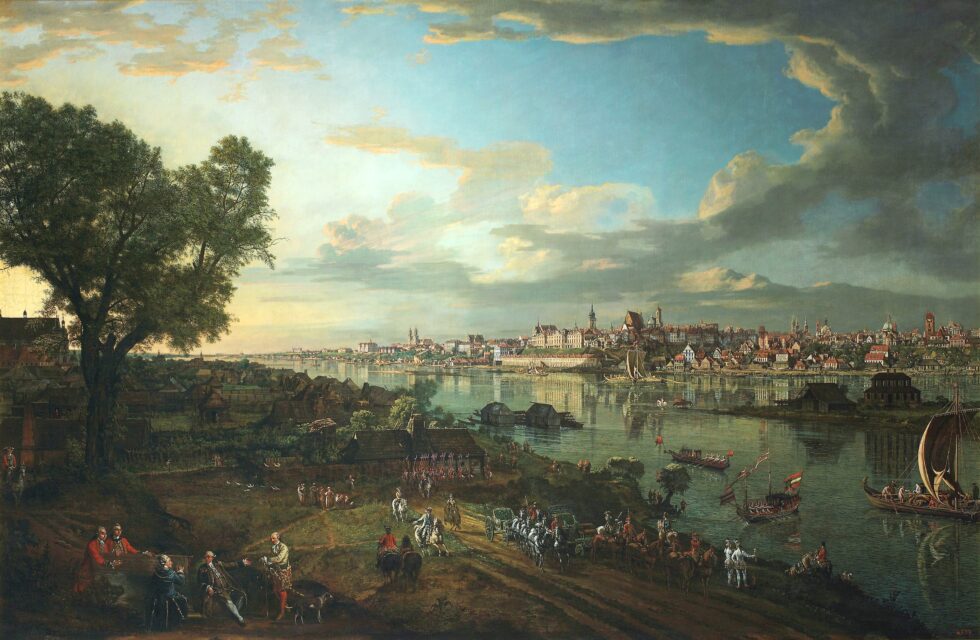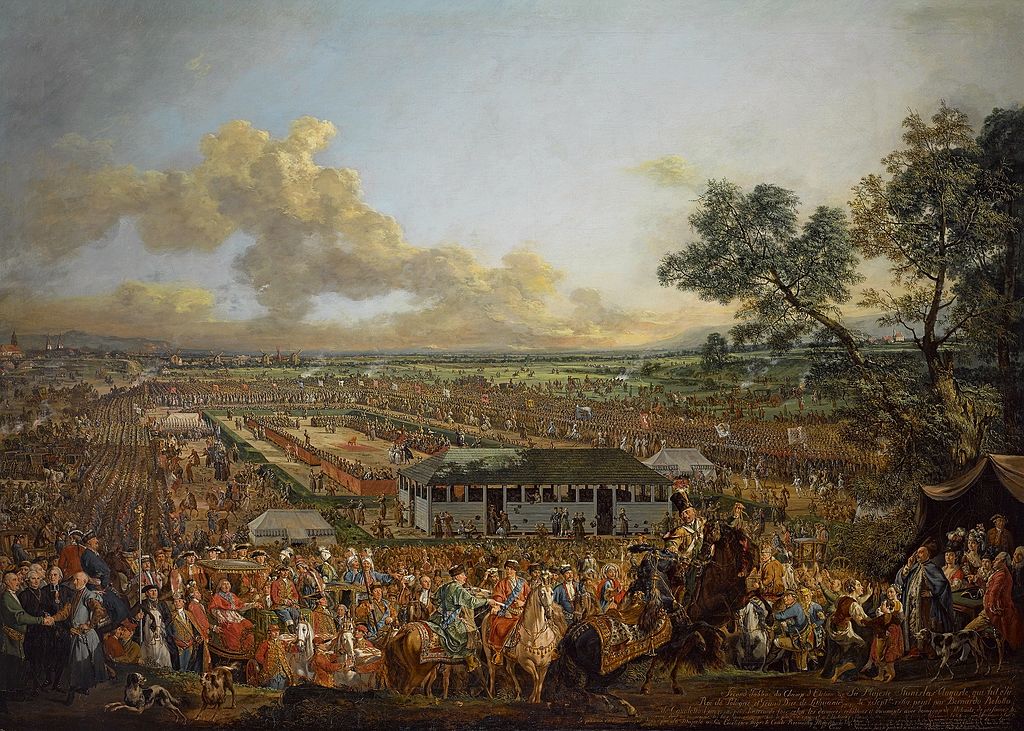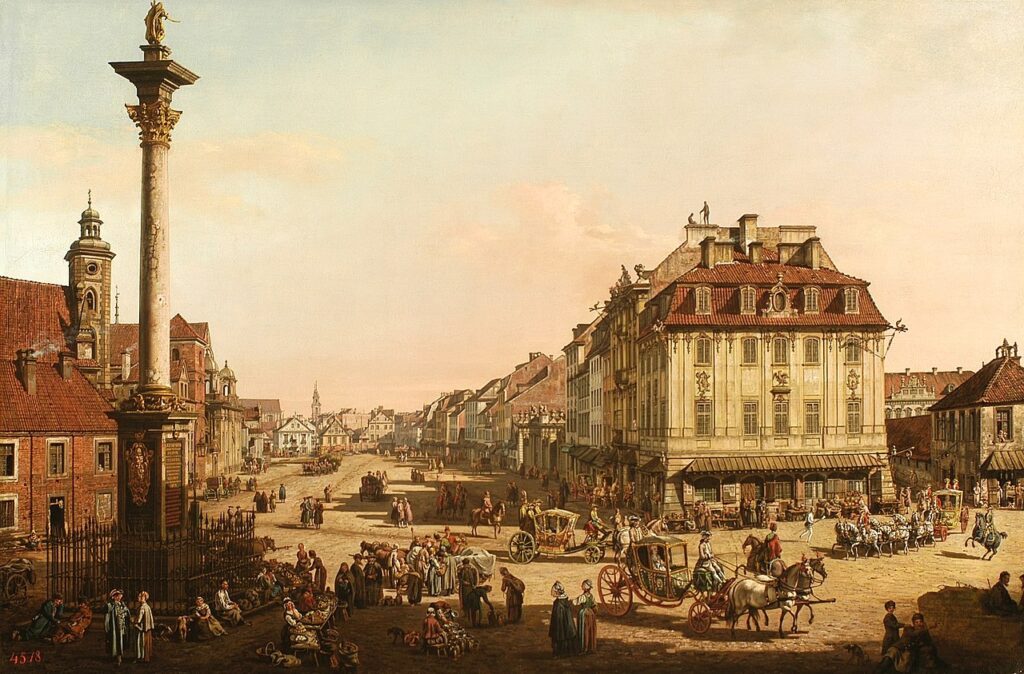Born in Venice on 30th January 1721, Bernardo Bellotto was a distinguished landscape painter and the nephew of the famous Canaletto. Though he initially followed in his uncle’s artistic footsteps, Bellotto forged his own legacy through his strikingly detailed and atmospheric depictions of European cities beyond Italy.
Bellotto’s artistic hallmark lay in his ability to render precise perspectives and intricate architectural details, often emphasising contrasts of light and shadow. His work proved so accurate that his depictions of Warsaw later aided in the city’s post-war reconstruction.
Coming from a family of artists, Bellotto trained under Canaletto and developed a similar style, sometimes signing his work with his uncle’s name. However, whereas Canaletto largely remained in Venice and England, Bellotto ventured further afield. At just 21, he embarked on a journey across Italy, painting Rome, Florence, Verona, and Turin before settling in Dresden in 1747 as the court painter to Augustus III of Poland and Saxony.
His works from this period captured the grandeur of Dresden, a city later devastated in World War II. As his reputation flourished, he secured commissions in Vienna from 1758 and Munich from 1761, producing detailed cityscapes that blended realism with artistic imagination.
Bellotto in Warsaw
Following the Seven Years’ War, Bellotto returned to Dresden, but the death of Augustus III in 1763 led to a decline in his influence. Seeking new opportunities, he considered moving to Russia but was invited instead by King Stanislaus Augustus Poniatowski to work in Warsaw. He remained there for the rest of his life, adopting the name Bernardo de Canaletto.
In Warsaw, Bellotto expanded his repertoire, producing historical compositions such as The Election of Stanislaus Augustus alongside his celebrated cityscapes. His work provided him with a stable income, allowing him to support his wife, Elisabetta, and their four children. Bernardo Bellotto passed away in Warsaw in 1780. His burial place is the Capuchin Church on Miodowa Street.



Beyond his meticulous urban views, Bellotto also experimented with capriccio, an imaginative style that rearranged architectural elements for artistic effect.
His works are in prestigious institutions such as the Gemäldegalerie in Dresden, the Kunsthistorisches Museum in Vienna, and the National Museum in Warsaw.
In Italy, you can find works at the Gallerie dell’Accademia in Venice and the Pinacoteca di Brera in Milan.






